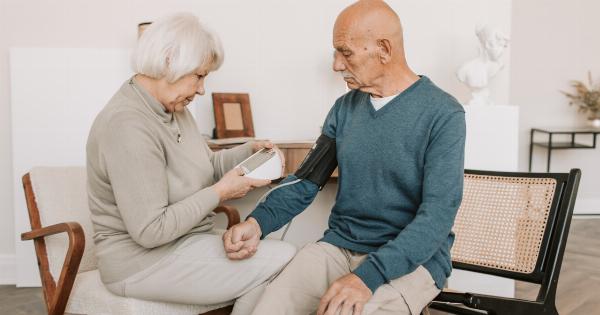Low blood pressure, also known as hypotension, is a condition that affects many people around the world. It occurs when the pressure of blood flowing through the arteries is lower than normal, which can cause dizziness, fainting, and other symptoms.
In this article, we’ll take a look at some of the most important facts about low blood pressure.
What is considered low blood pressure?
There is no specific number that defines low blood pressure, as it can vary depending on the individual and other factors such as age, sex, and activity level. However, in general, a blood pressure reading of 90/60 mmHg or lower is considered low.
It’s important to note that some people may experience symptoms of low blood pressure even if their readings are within the normal range.
What are the causes of low blood pressure?
There are many different factors that can lead to low blood pressure. Some of the most common causes include:.
- Pregnancy
- Dehydration
- Blood loss
- Certain medications
- Infections
- Heart problems
- Endocrine disorders
What are the symptoms of low blood pressure?
Low blood pressure can cause a variety of symptoms, including:.
- Dizziness or lightheadedness
- Fainting
- Nausea
- Blurry vision
- Fatigue
- Cold, clammy skin
- Rapid, shallow breathing
How is low blood pressure diagnosed?
Low blood pressure is typically diagnosed by a doctor or healthcare provider through a blood pressure test. In some cases, additional tests or exams may be needed to determine the underlying cause of the low blood pressure.
What are the potential complications of low blood pressure?
Low blood pressure can lead to several complications, including:.
- Injury from falls or fainting
- Heart damage
- Kidney damage
- Stroke
- Shock
How is low blood pressure treated?
The treatment for low blood pressure varies depending on the underlying cause and severity of the condition. Some common treatments include:.
- Increase fluid and salt intake
- Wear compression stockings
- Adjust medication dosages
- Manage underlying health conditions
- Avoid standing up too quickly
How can low blood pressure be prevented?
While it’s not always possible to prevent low blood pressure, there are some steps you can take to reduce your risk, such as:.
- Staying hydrated
- Avoiding alcohol and caffeine
- Eating a balanced and nutritious diet
- Exercising regularly
- Managing stress
When should I see a doctor?
If you experience symptoms of low blood pressure, such as dizziness, fainting, or nausea, it’s important to see a doctor or healthcare provider.
They can help determine the underlying cause of your symptoms and recommend an appropriate treatment plan.
The Bottom Line
Low blood pressure is a common condition that can cause a variety of symptoms and complications. While it’s not always possible to prevent low blood pressure, there are steps you can take to reduce your risk and manage your symptoms.
If you experience any symptoms of low blood pressure, it’s important to see a doctor or healthcare provider as soon as possible to prevent potential complications.





























